Most railfans will not dispute this statement: The most iconic General Electric locomotives to be employed by Amtrak were the Genesis series. These streamlined, monocoque-body (single shell) workhorses have been everywhere along the passenger carrier’s regional and long-distance services since the 1990s. The impact of the Genesis series locomotives can make it easy to forget that GE and Amtrak did put their heads together on other locomotive models, with the following dating as far back as before the Genesis’ initial concept.
GE E60 locomotive
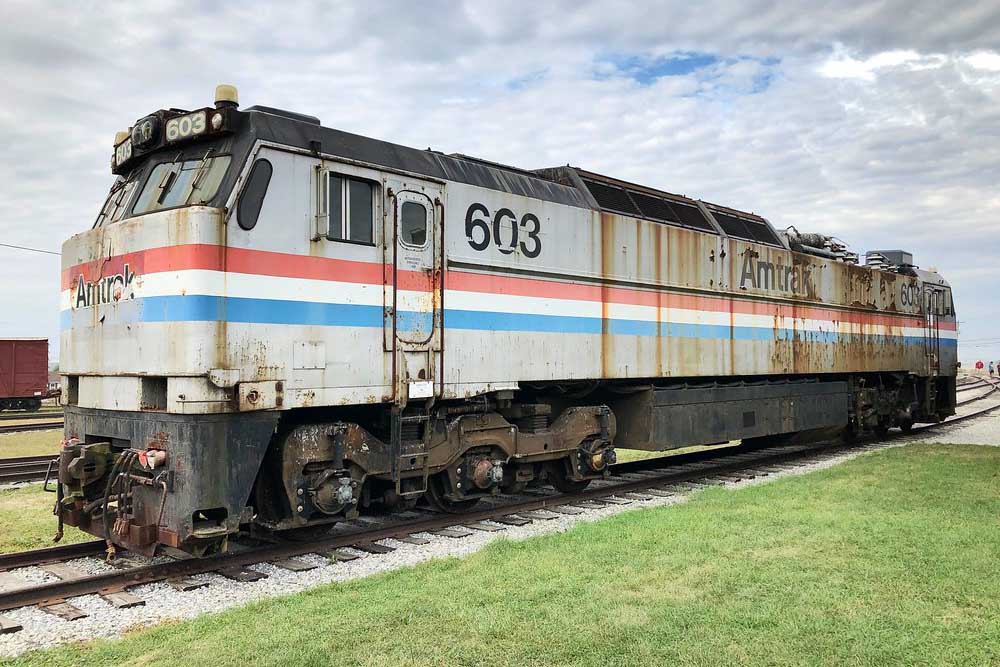
One of the first new locomotives acquired by Amtrak, first introduced in the early 1970s, the E60 was supposed to be a solution to modernize heavy electric railroading in the Northeast Corridor. Built at GE’s Erie, Pennsylvania plant, these six-axle locomotives initially captivated with their promise of innovation and power. Early in their development, the E60s were celebrated for their cutting-edge, 6,000-horsepower performance in heavy-haul coal services before transitioning to passenger use.
The E60s came in two configurations for Amtrak: The E60CP and E60CH. The E60CPs were equipped with steam generators designed to heat older passenger cars, some of which were inherited from the Pennsylvania Railroad. The E60CH, conversely, featured head-end power (HEP) designed to work with the new Amfleet cars being rolled out at the time. The former, first approved for Amtrak’s use, faced operational challenges, including a notable derailment by No. 950 during testing. Safety concerns regarding “vibratory yawing” led to delayed deliveries and extensive reviews. Over time, despite being outshined by the successful EMD AEM-7, the E60s remained an essential part of Amtrak’s NEC fleet, providing power and versatility for years before the final units were retired in 2004.
Click here to read more about GE E60 locomotives
Amtrak GE P30CH locomotive

The P30CH, affectionately known by its nickname “Pooch,” entered service between 1975 and 1976, stepping in as a versatile locomotive. Derived from the U30C freight locomotive, the P30CH was groundbreaking as Amtrak’s first diesel equipped with head-end power. Sporting a distinctive paint scheme of red, white, and blue stripes and later transitioning to a more colorful design, the P30CH was initially tasked with routes along the Northeast Corridor and Florida services. Over its years in operation, this locomotive proved itself a decent workhorse, often running Amtrak’s longest trains like the Auto Train, though were always second-fiddle to the EMD F40PH. Despite a promising start, the anticipated second order for these locomotives never materialized, and by the early 1990s, the P30CHs had primarily been retired in favor of what would be the Genesis.
Click here to read more about GE P30CH locomotives
Amtrak GE Dash 8-32BWH locomotive
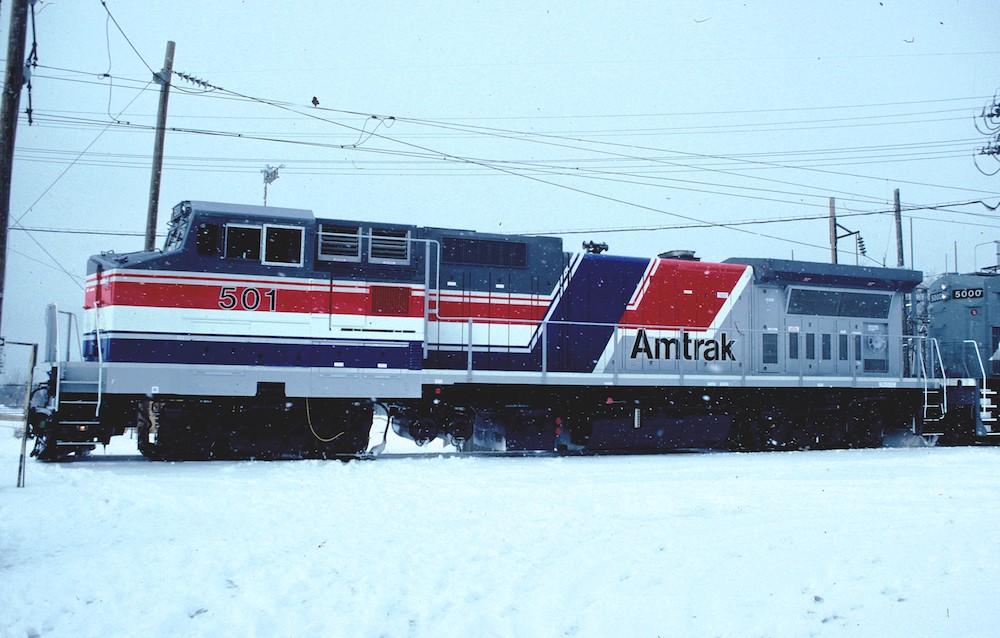
Developed in the early 1990s as Amtrak sought replacements for its aging fleet, the Dash 8-32BWH represents a strategic blend of freight locomotive robustness with passenger service requirements. Nicknamed “Pepsi Cans” due to their original colorful livery reminiscent of soda cans, these locomotives were fashioned from the GE Dash 8 model. They featured a wide cab and were equipped to handle head-end power duties for passenger cars, making them functional and cost-effective. Operating at up to 103 mph, these locomotives quickly became integral to Amtrak’s operations across several routes, only to be immediately demoted when the Genesis took off. While now mainly used in yard and switching services, the Dash 8-32BWH remains a symbol of adaptability and durability within Amtrak’s locomotive lineup, serving reliably for over three decades.






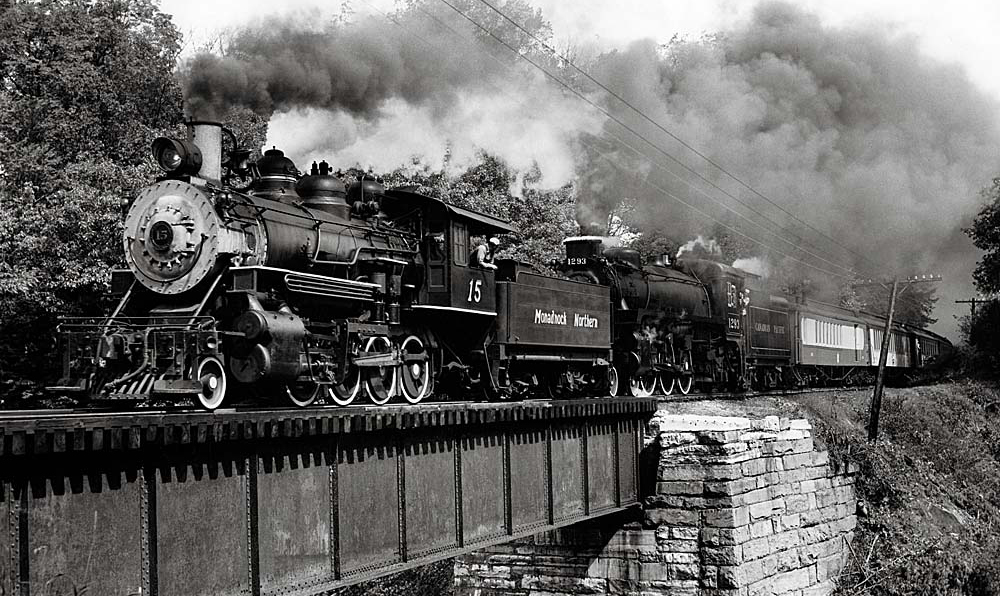
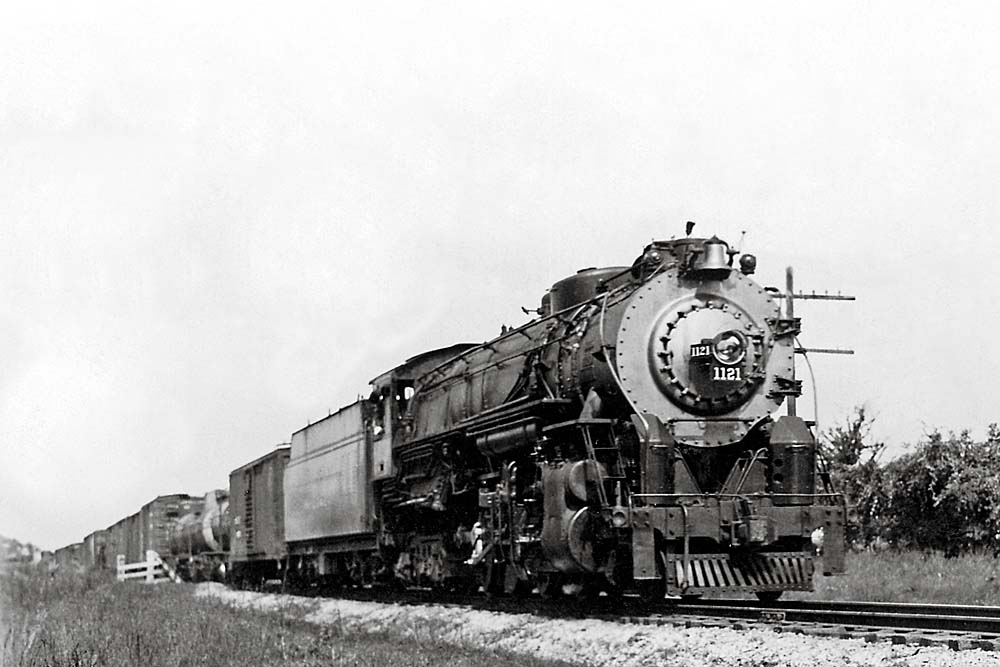
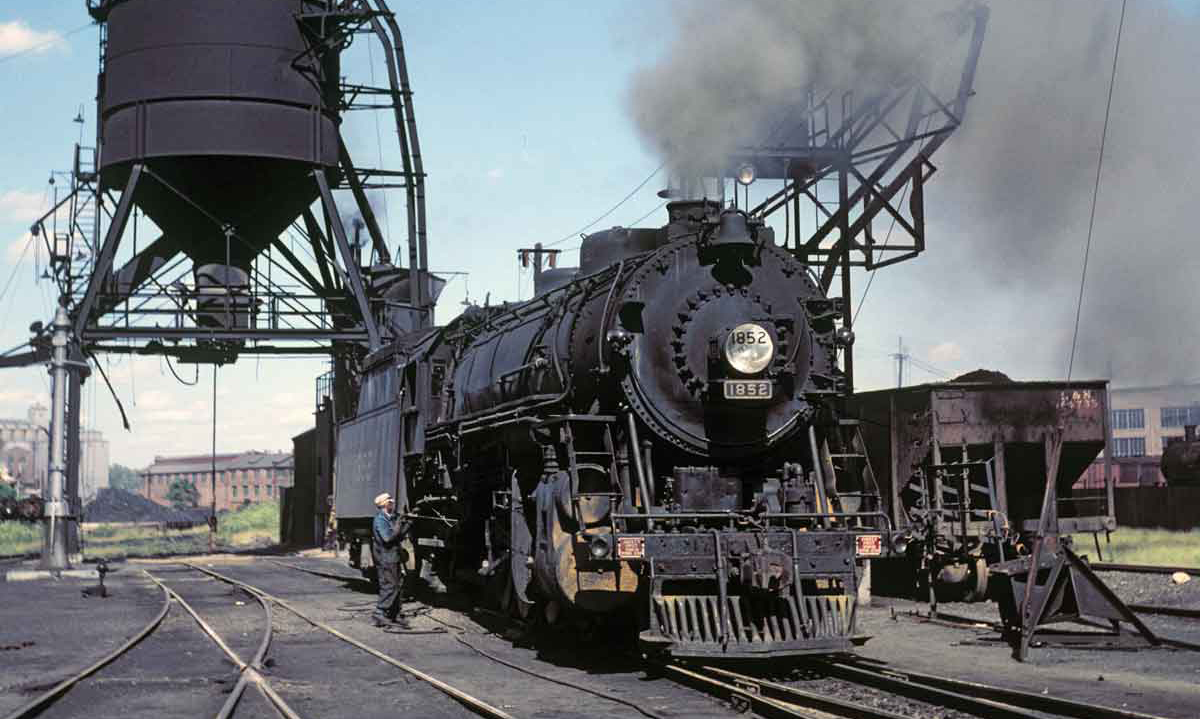
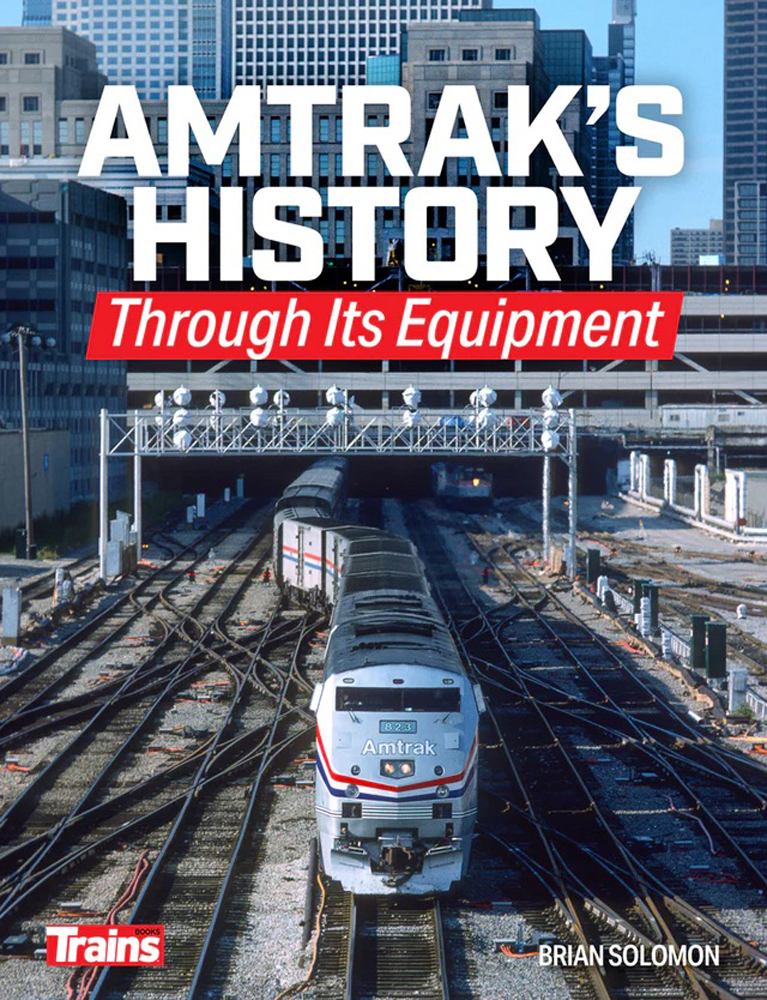


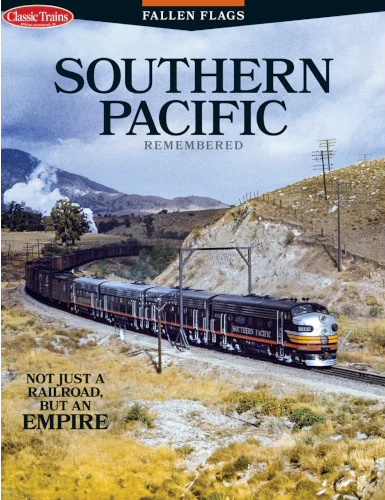
The B32 Dash 8 Pepsi Cans always looked like they were missing something with their snort 4 wheel trucks, rather than the 6 wheel trucks everyone was used to seeing, especially with the fuel tank and air reservoirs moved to the back of the “tank” bay underneath the unit. They almost always looked like they were about to “pop a wheelie” in that configuration… Makes me wonder if wheel slip on the front truck was ever a problem with all the weight in the back of the unit…